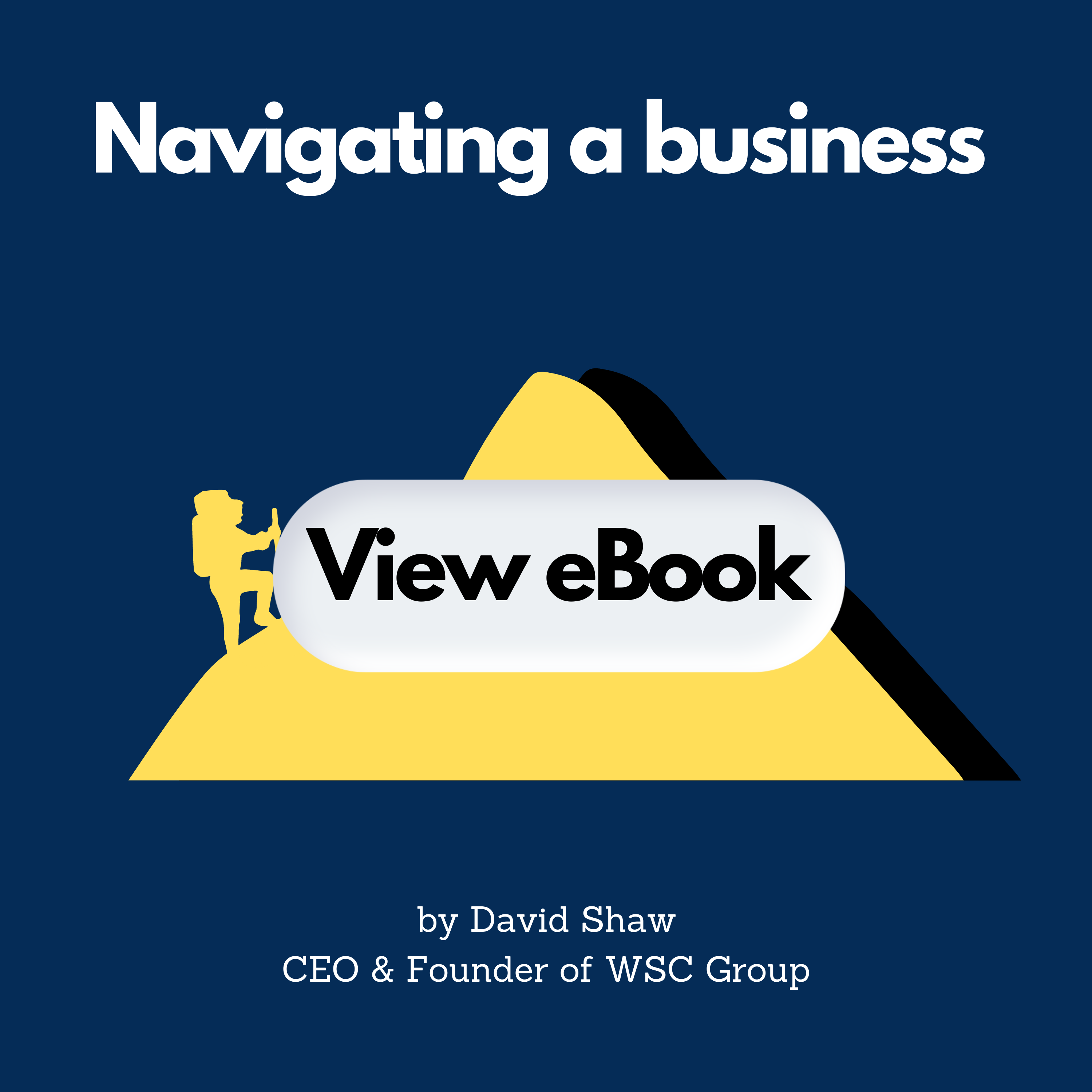Economic and market overview
- Investors remained focused on the release of inflation data and how ongoing pricing pressures might affect monetary policy settings in key regions.
- Generally speaking, inflation is not coming down as quickly as policymakers had hoped and interest rates could therefore remain elevated for longer than was previously anticipated.
- These evolving interest rate forecasts saw bond yields rise in most major markets and hindered returns from fixed income.
- Equity returns were mixed. Australian indices closed the month lower, although returns from overseas markets were stronger.
The proposed increase to the debt ceiling in the US – after borrowing had crept up towards the previously-permitted limit – was passed by the House of Representatives. The proposal will now move to the Senate, where endorsement is anticipated. This potential issue therefore appears to have been averted and is not expected to materially affect financial markets.
US: Inflationary forces remain strong, despite the meaningful increases in the Federal Funds rate we have seen over the past year or so. Headline CPI rose 0.4% in April and is still showing year-on-year increases of nearly 5%.
- Policymakers responded by raising official interest rates by a further 0.25%.
- So far, the US economy has absorbed higher borrowing costs without any major issues. More than 250,000 jobs were added in April, for example, which was an increase on the prior month and comfortably ahead of consensus forecasts. The unemployment rate fell to 3.4%, its lowest level since 1969.
- That said, a slowdown in economic activity levels is still anticipated in the remainder of this year as the economy digests the interest rate increases. Several commentators continue to suggest a recession is possible in the world’s largest economy before the end of 2023.
Against this background, there have been repeated calls for Federal Reserve officials to pause the interest rate hiking cycle. For now, the market remains split on whether the Federal Funds rate will be raised further; a pause in June is widely anticipated, but some observers suggest one final rate hike is likely in July.
Australia: Interest rates were raised by 0.25% in Australia and most forecasters expect further increases in the months ahead. Consensus expectations now suggest local interest rates will peak at around 4.2%; rising once or twice more from their current 3.85% level.
- Like in the US, there have been calls for policymakers to pause the rate hiking cycle amid concerns that higher debt repayment costs will weigh heavily on economic activity levels.
- Unemployment unexpectedly increased in April – to 3.7%, from 3.5% previously – as employers cut jobs. This data release was somewhat surprising, as forecasters had anticipated a 25,000 increase in jobs over the month.
- In turn, there were suggestions that higher interest rates must be eroding business confidence and that 11 interest rate hikes over the past year or so are affecting firms’ hiring plans.
A potential downturn in the labour market does not augur well for wage growth across Australia, especially at a time when migration levels are increasing and likely to swell the labour force.
New Zealand: The labour market in New Zealand remains quite buoyant. Unemployment has fallen to 3.4% and average earnings rose more than 2% in the March quarter alone. This seems likely to exert further upward pressure on prices.
- With that in mind, Reserve Bank of New Zealand officials tightened policy settings further, raising official interest rates by 0.25% to 5.5%.
Despite the possible impact of higher borrowing costs, forecasts suggest New Zealand will likely avoid a recession. Higher tourist arrivals, an uptick in construction activity as property is repaired following the recent cyclone, and higher government spending are all expected to support growth. During the budget released in mid-month, the Treasury Department said it expects GDP to grow 1.0% in the year to 30 June 2024. That compares with earlier forecasts from as recently as December, where officials were projecting a recession in the year ahead.
Europe: The European Central Bank raised interest rates for the seventh consecutive meeting. A 0.25% increase took the benchmark base rate to 3.25%; its highest level for 14 years.
- We have seen some conflicting signals in the region. Unemployment in the Eurozone remains at an all-time low and inflation is close to record highs. At the same time, economic indicators have started to roll over and manufacturing data remains weak. Factory orders in Germany, for example – the industrial powerhouse of the region – have slumped by more than 10% over the past year. This could be a meaningful drag on the wider region if activity levels in services sectors do not improve and pick up the slack.
Interest rates were raised by a further 0.25% in the UK too. Like elsewhere, the UK economy has been remarkably resilient so far from the effects of higher interest rates and lower real incomes. GDP growth remained positive in the March quarter and the closely-watched composite Purchasing Managers Index remains comfortably over 50, indicating expansion. Growth in the UK is being underpinned by a resilient services sector; like in Continental Europe, manufacturing data is underwhelming.
Asia/EM: Growth appears to be faltering in China, following an initial boost earlier this year following the relaxation of Covid- related restrictions. A survey of manufacturers suggested conditions have deteriorated to their lowest level since December and activity levels in the services and construction sectors have also moderated.
- Both imports and exports also dipped sharply in April, raising concerns about the durability of the recent upturn.
- The unexpected drop in imports suggests demand levels in China are dwindling, which could be concerning for neighbouring countries. A rebounding Chinese economy had been expected to underpin growth in the wider Asia Pacific region, and indeed support global GDP in 2023 and beyond.
- Elsewhere, Japanese GDP grew at an annual pace of 1.6% in the March quarter, which was double the consensus forecast.
Australian dollar
- Weakness in commodity prices hindered the Australian dollar in May. The currency closed the month down a further 1.7% against the US dollar, although was unchanged against a trade weighted basket of other international currencies.
- Hong Kong’s Hang Seng and China’s CSI 300 fell 8.4% and 5.7%, respectively, which wiped out all of their gains from earlier in the year. A weakening yuan and ongoing concerns about debt levels among property developers added to worries about the outlook for Chinese economic growth.
Australian equities
- The S&P/ASX 200 Accumulation Index lost 2.5% in May. This followed the release of disappointing earnings updates from the major banks, mixed domestic economic data, and the surprise increase in local interest rates.
- Financials (-3.3%) struggled, driven by weakness in the four major banks. Investors appeared dissatisfied with the banks’ margins and revised their forward-looking expectations lower.
- The Materials sector (-4.5%) was hampered by negative contributions from major miners including Rio Tinto (-4.7%), BHP (-5.4%) and Fortescue Metals Group (-8.2%). These stocks were impeded by the latest economic indicators in China, which pointed towards a moderation in demand for bulk commodities.
- Retailers called out a slowdown in sales and a deteriorating near-term outlook. Suggestions that regulations in the buy-now- pay-later segment may be amended saw investors move away from Consumer Discretionary stocks such as Lovisa (-22.5%) and Super Retail Group (-15.5%).
- The IT sector was a notable bright spot for the market, surging 11.6% on the back of encouraging trading updates from Xero (+17.8%) and Life360 (+34.1%).
- IT stocks led the way in the Small Cap space too, but were unable to prevent the S&P/ASX Small Ordinaries Index (-3.3%) from losing ground.
Global equities
- Global shares were little changed in May, although AUD weakness lifted returns from overseas shares into positive territory for Australian investors. The MSCI World Index added 1.2%, although this masked a meaningful divergence in performance from different regions and industry sectors.
- In the US, the S&P 500 Index closed 0.4% higher. Financials continued to struggle following recent banking failures and news of fresh liquidity concerns at PacWest, a regional lender.
- Technology stocks performed significantly better, however, partly owing to optimism over increasing utilisation of artificial intelligence (AI) in the years ahead.
- Nvidia – which makes computer processors used in gaming, data centres, and driverless cars – attracted many of the headlines. The stock jumped 36.3% in May, extending gains in the calendar year to date to more than 150%. The company raised its earnings forecasts well above market expectations, citing increasing demand for AI processors. Following the recent rally the company has a market capitalisation of nearly US$1 trillion – only five companies worldwide are currently more valuable.
- The increase in valuations in the technology sector buoyed the NASDAQ, which added 5.8% over the month and has now returned more than 24% in the calendar year to date.
- The release of generally downbeat economic data in Europe – particularly in the manufacturing sector – eroded sentiment towards equities in the region. Share markets in France, Germany, Switzerland, Italy and Spain all lost ground and the Euro Stoxx 50 Index closed the month 3.2% lower.
- Returns were even worse in the UK, with the FTSE 100 Index closing May down more than 5%. This followed the release of the latest inflation data, which showed inflationary pressures persisting, and suggestions that the Bank of England will be forced to continue raising interest rates. In general, higher borrowing costs can hinder corporate profitability.
- Returns in Asia were mixed. Japanese shares were the standout performers, with the Nikkei adding 7.0%. The unexpectedly strong GDP data for the March quarter augurs well for local firms and was well received by equity investors.
- Other major markets in the region struggled, however, primarily due to the weaker tone of economic data releases in China.
- Hong Kong’s Hang Seng and China’s CSI 300 fell 8.4% and 5.7%, respectively, which wiped out all of their gains from earlier in the year. A weakening yuan and ongoing concerns about debt levels among property developers added to worries about the outlook for Chinese economic growth.
Listed property
- Global property securities struggled in May, with the FTSE EPRA/NAREIT Developed Index closing the month 3.8% lower.
- Japan (+0.1%) was the only major market to register a positive return over the month. Like in the broader Japanese share market, sentiment was buoyed by the release of better-than-expected economic data for the March quarter.
- Some other markets performed particularly poorly. Sweden and Hong Kong fell 14.1% and 8.9% respectively, for example.
- The German market (-9.8%) also fared poorly, adversely affected by a deteriorating economic outlook. As well as subdued domestic demand in Europe, the downturn in Chinese economic data suggests demand for European exports could moderate in the months ahead.
- Locally, A-REITs closed the month down 1.8%. This was entirely due to weakness among retail-oriented names, which were hindered by the prospect of further interest rate hikes.
- The Industrial and Office sub-sectors fared much better and both registered solid gains.
Global and Australian Fixed Income
- Forward-looking interest rate forecasts increased in most major regions, which exerted upward pressure on government bond yields and resulted in disappointing returns from fixed income.
- As ever, events in the US set the tone for other major markets. Previously, consensus forecasts indicated the Federal Funds rate would peak at around 5% and that a hike in May was likely to be the last for the foreseeable future.
- Interest rate forecasts rose during the month, however, against a background of persistently high inflation and as officials refused to rule out the possibility of further policy tightening. By month end, investors were pricing in the likelihood of one more quarter percentage point rate increase in the Federal Funds rate. This was reflected in the Treasury market, where yields on 10-year securities closed the month 22 bps higher.
- There were even more substantial moves in the UK, with yields on 10-year gilts soaring 46 bps. Again, the release of higher- than-expected inflation readings saw investors revise their interest rate expectations higher. Policymakers at the Bank of England must remain mindful of strangling growth, but equally appear to feel obliged to continue fighting inflation with more restrictive monetary policy settings.
- It was a similar story domestically, where investors priced in the likelihood of one additional interest rate hike. Yields on 10-year Australian Commonwealth Government Bonds closed the month up 27 bps, which resulted in negative returns from the local fixed income market.
Global credit
- The general deterioration in risk appetite affected credit as well as equities. Credit spreads widened early in the month, although did retrace most of their earlier move towards month end. This lifted returns from the asset class back into positive territory.
- With interest rates still on the rise in key regions, the outlook for corporate profitability has deteriorated slightly, although not alarmingly so. The higher yields on offer in credit relative to comparable government bonds might therefore remain appealing for income-oriented investors.
- That said, market direction is hard to gauge currently given uncertainty regarding the full extent of the rate hiking cycle and its effects, which are still flowing through the system.













